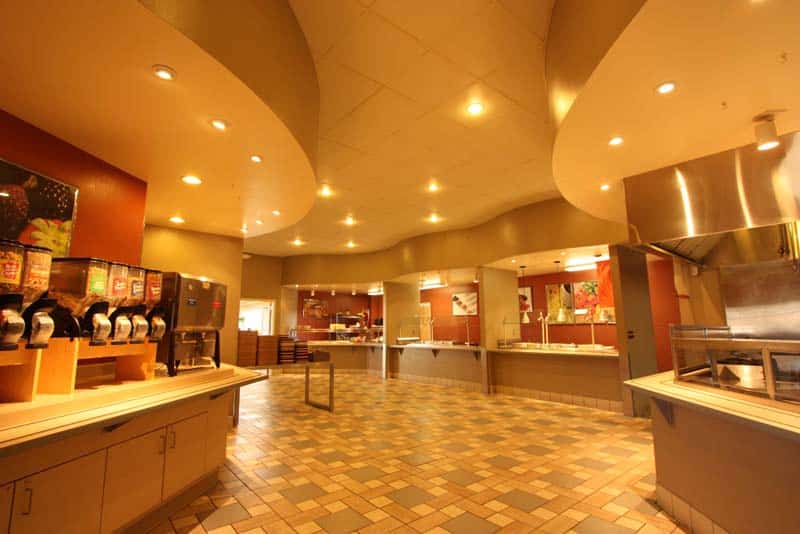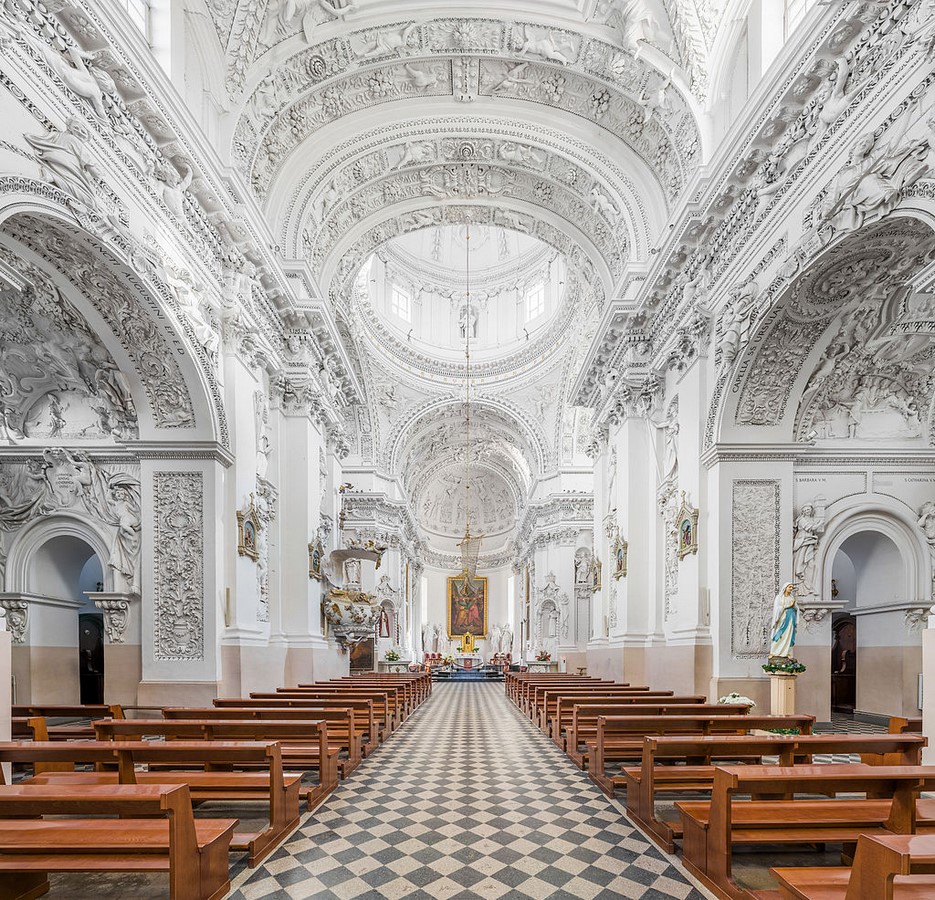What Is The Impact Of Architecture On The Preservation Of Cultural Landscapes?

Architecture has the power to shape societies, countries, and cultures. Beautiful and innovative architecture can inspire and invigorate individuals and communities, creating a sense of pride and facilitating economic prosperity.
Architecture can have a positive impact in several ways:
1. Economic prosperity
Innovative architecture can attract businesses and tourism, stimulating the local economy. For example, the iconic Burj Khalifa in Dubai has become a symbol of the city's progress and growth, attracting millions of visitors each year. This has helped to drive the city's economy, creating more job opportunities and boosting property values.
2. Social cohesion
Architecture can create a sense of community and social connection by providing shared spaces. Beautiful public spaces, like parks and plazas, can be a source of pride for residents and visitors alike. In contrast, poorly designed public spaces can discourage public use and contribute to social isolation and fragmentation.
3. Sustainability
Many architects are embracing sustainable design practices, using materials and technologies that minimize the environmental impact of buildings. For example, buildings designed with natural ventilation and lighting can reduce energy use and improve indoor air quality. Green roofs and walls can also provide insulation, reduce urban heat island effect, and create habitats for wildlife.
4. Health and well-being
Research has shown that access to natural light, views of greenery, and good indoor air quality can have a positive impact on our physical and mental health. Architects can design buildings that prioritize these factors, creating spaces that support the health and well-being of occupants.
5. Cultural identity and heritage
Architecture can reflect and celebrate cultural identity, preserving local heritage and traditions. For example, the Burmese pagoda is an example of Buddhist temple architecture that has been adapted to local climate and materials. The incorporation of local materials, such as wood and bamboo, can also contribute to an authentic sense of place.
6. Education and learning
Designing educational spaces that prioritize collaboration, creativity, and accessibility can radically improve the educational experience. Many schools and universities are now embracing innovation in their architectural design, creating spaces that inspire and facilitate learning. For example, Peter Zumthor's School of Arts and Architecture in Switzerland provides a beautiful and functional environment for learning and collaboration.
7. Innovation and creativity
Architecture can inspire innovation and creativity, prompting architects and designers to push boundaries and develop new solutions to design problems. Innovative design can also influence future building practice, leading to improved efficiency, sustainability, and livability in the built environment.
8. Emotional and spiritual connection
Architecture can evoke a range of emotions, from awe to comfort to inspiration. By designing spaces that are beautiful and meaningful, architects can tap into a deep and profound connection with the built environment. Examples of architecture that evoke emotional connection include the Taj Mahal in India and the Hagia Sophia in Turkey.
Frequently Asked Questions
Why is architecture important?
Architecture is important because it has the power to shape societies, countries, and cultures. Beautiful and innovative architecture can inspire and invigorate individuals and communities, creating a sense of pride and facilitating economic prosperity. Architecture can also have a positive impact on the environment, social cohesion, health and well-being, cultural identity, education and learning, innovation and creativity, and emotional and spiritual connection.
How does innovative architecture inspire economic prosperity?
Innovative architecture can attract businesses and tourism, stimulating the local economy. For example, the iconic Burj Khalifa in Dubai has become a symbol of the city's progress and growth, attracting millions of visitors each year. This has helped to drive the city's economy, creating more job opportunities and boosting property values.
What is sustainable architecture?
Sustainable architecture is a design philosophy that prioritizes ecological responsibility and resource efficiency in building design. Sustainable architecture incorporates principles such as natural ventilation, lighting, and materials, as well as energy conservation techniques, such as solar panels and wind turbines.
What is the role of architecture in preserving cultural heritage?
Architecture can reflect and celebrate cultural identity, preserving local heritage and traditions. For example, the Burmese pagoda is an example of Buddhist temple architecture that has been adapted to local climate and materials. The incorporation of local materials, such as wood and bamboo, can also contribute to an authentic sense of place.
How can educational spaces be designed to prioritize collaboration and creativity?
Designing educational spaces that prioritize collaboration, creativity, and accessibility can radically improve the educational experience. Many schools and universities are now embracing innovation in their architectural design, creating spaces that inspire and facilitate learning. For example, Peter Zumthor's School of Arts and Architecture in Switzerland provides a beautiful and functional environment for learning and collaboration.
How does architecture evoke emotional and spiritual connection?
Architecture can evoke a range of emotions, from awe to comfort to inspiration. By designing spaces that are beautiful and meaningful, architects can tap into a deep and profound connection with the built environment. Examples of architecture that evoke emotional connection include the Taj Mahal in India and the Hagia Sophia in Turkey.
In conclusion, the power of architecture cannot be underestimated. Architects have the ability to shape our physical surroundings, influencing our lives in profound ways. As communities continue to grow and evolve, it is more important than ever to prioritize innovation, creativity, and viability in architectural design.




Post a Comment for "What Is The Impact Of Architecture On The Preservation Of Cultural Landscapes?"